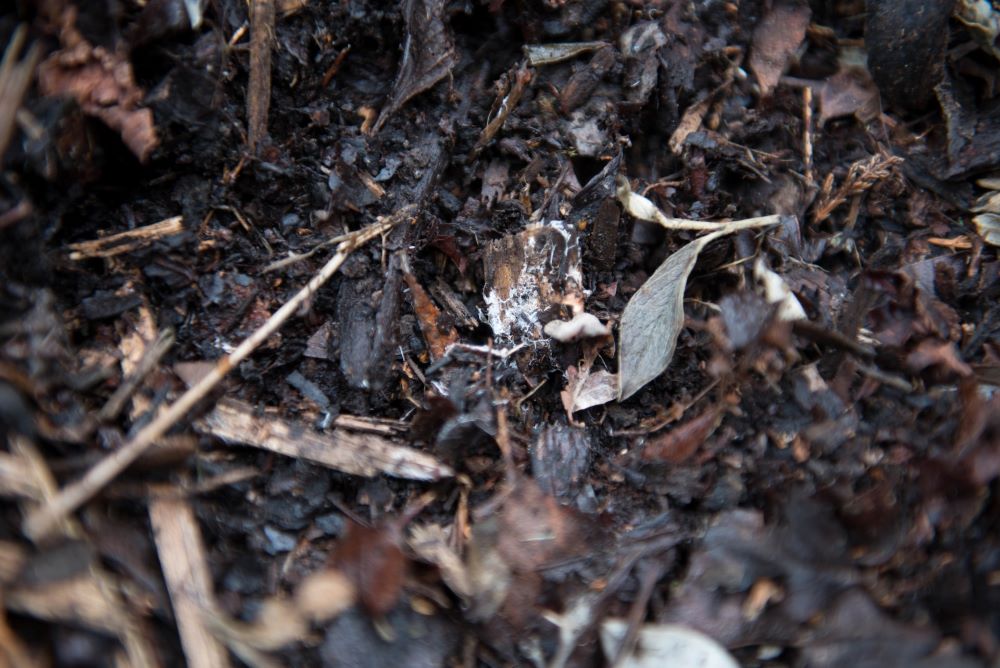Recent Posts
- Home
- Elevate Blog
- How Composting Works
How Composting Works
Posted on
Composting creates ideal conditions for the decomposition process that happens everywhere in nature. It’s nature’s recycling!
There are several different methods for composting, but at its most basic: Organic materials are introduced to microorganisms, moisture, and oxygen. These materials are then broken down into their simplest parts - creating a nutrient-rich end product that benefits soil and plants.

The Composting Process
The composting process involves four main components: organic matter, moisture, oxygen, and microorganisms/bacteria.
The conditions of your compost bin need to be balanced for efficient decomposition. An efficient composting process needs:
- Plenty of air - the mixture should be turned frequently.
- Adequate water - moist, but not soaking wet.
- Proper mix of carbon and nitrogen - 3 parts browns to 1 part greens!
- Bacteria and microorganisms
The organic material, along with moisture and oxygen, provides the conditions that allow microorganisms to thrive and break down organic matter.
"All of the 18 essential elements used first by plants then by animals are continually recycled, thanks to the bacteria of the soil."
- Life in the Soil, James B. Nardi
What’s Happening When You Compost?
Compost is made up of a diverse symbiotic community! There are several types of microorganisms that help composting happen, including bacteria, fungi, nematodes, and actinomycetes.
Bacteria - Responsible for decomposition and produce heat as a byproduct. A hot compost pile indicates that the process is working!
Fungi - Essential decomposers! As fungi break down organic matter they produce heat and carbon dioxide as a byproduct.
Actinomycetes - This fungi-like bacteria breaks down the tougher material in a compost pile and converts nitrogen into nutrients that plants can use. These bacteria are responsible for the earthy smell of good compost!
Nematodes - Beneficial nematodes eat the bacteria and fungi. In doing so, they release nutrients that plants can use.

Why Should We Compost?
Composting allows us to dispose of organic material so that it will decompose in the same way that it would in nature. Organic material turned into compost can be used as a fertilizer to improve soil health.
Compost re-enriches degraded soil. It reduces soil erosion, conserves water, replenishes lost nutrients, promotes healthier plant growth, and combats climate change.
How does Compostable Packaging Fit in?
Compostable food packaging aids in diversion of food waste away from landfills. Think about how many times you’ve seen a plastic container in the trash. It was probably sitting there with a few uneaten pieces of food in the bottom. The food is already compostable! If the packaging were compostable too, consumers would be able to dispose of both together in a compost bin.
Compostable packaging and labels also help avoid compost contamination. (You only have to mention plastic produce stickers to a composter and you’ll see what we mean!)
In a compost bin, compostable packaging can be considered similarly to other carbon materials. Your compostable packaging can be included with ”browns”, along with the dead leaves and shredded paper that supply carbon to the microorganisms involved in the composting process.
The impact of compostable packaging goes so much further than waste reduction alone. Choosing compostable packaging means you are supporting composters, soil health, and the environment as a whole.
*Posted May 2020, updated Sept 2022
 Loading... Please wait...
Loading... Please wait...




